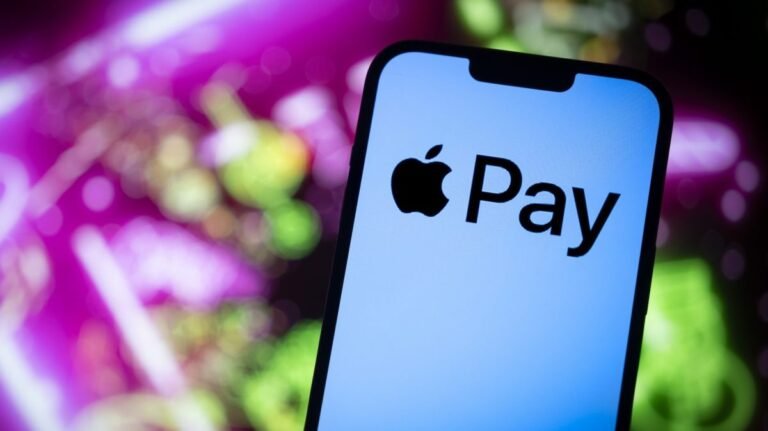
The one time that Europe is explicitly mentioned, however, is in relation to Apple’s grip on digital wallets, NFC and mobile payment technology within its iOS ecosystem.
For context, the EU filed charges against Apple in May 2022, concluding that Apple “abused a dominant position” around mobile wallets by preventing rival services from accessing the iPhone’s contactless NFC payment functionality.
For example, Apple allows merchants to use the iPhone’s NFC antenna to accept tap-to-pay payments from consumers.
Then there is cross-platform smartwatch compatibility, which the DOJ says Apple impedes by restricting certain features from third-party smartwatch makers.
However, NFC, digital wallets, and mobile payments are where they seem to be most neatly aligned on.

Apple Pay is no stranger to regulatory controversy.
PayPal — the payments behemoth that has substantial businesses in mobile transactions and point-of-sale technology — was apparently instrumental in the original EU complaint around Apple’s payment monopoly.
The DOJ’s argumentApple today takes a 0.15% fee on any transaction made via Apple Pay.
In the meantime, Apple has continued to develop Apple Pay, launching — for example — its own buy now, pay later offering last autumn (pictured above).
Apple Pay and Apple Wallet are both a small part of Apple’s services revenues — which were upwards of $90 billion in 2023 — or indeed overall revenues.

Hackers compromised the code behind a crypto protocol used by multiple web3 applications and services, the software maker Ledger said on Thursday.
The company says it has sold six million units of its hardware wallet, and Ledger Live, its software equivalent, is used by 1.5 million users.
That would allow the hackers to drain the crypto inside users’ wallets — so long as the users accepted the push to connect their wallets to the malicious Ledger version.
ZachXBT, a well-known independent crypto researcher, wrote on X that one victim had more than $600,000 in crypto drained from their account.
Several blockchain security researchers, as well as people who work in the web3 industry, warned users on social media of the supply chain hack against Ledger.

Since Thursdays are our favorite day of the week, we love to spend it relaxing and doing nothing. Some people like to go out and have fun, while others prefer…

A new startup, Ignite Social, is aiming to do for social media what Marketo did for marketing around online users – by enhancing the marketing tools that already exist. Ignite…








